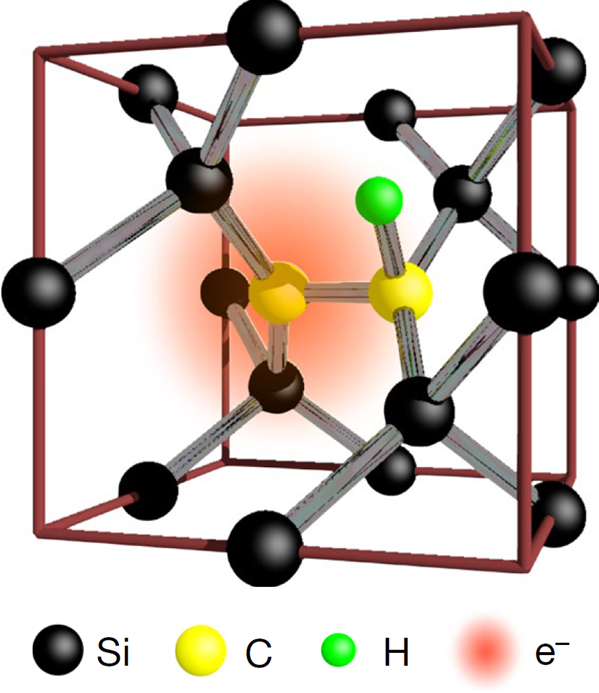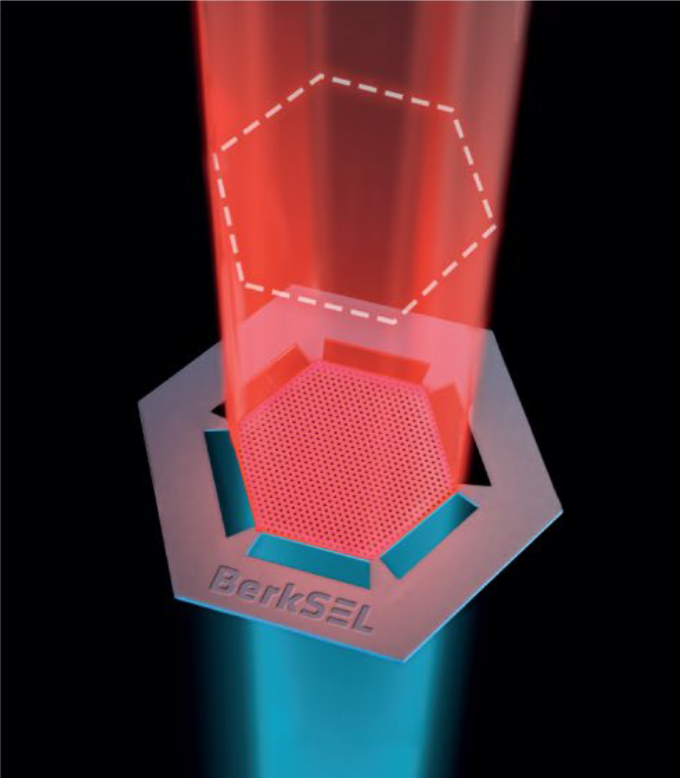2022 Photonic Sensing Research Digest
Here we sample some of the exciting and impactful photonic sensing work in 2022 so far, from researchers around the world
Linking silicon qubits to photonic qubits
At the heart of the Quantum Internet lies the ability to interconvert flying photonic qubits (fast and far-reaching) and matter-based qubits (stationary and useful). Recently, researchers at Simon Fraser University were able to optically address the spin-qubits of their silicon-based devices with photons in the telecom O band.
This is a foundational opportunity to develop some of the key infrastructure components for future scalable and high-performance quantum telecommunication infrastructure.
From IDQ, this work employed ID281 Superconducting Nanowire Series detectors, ID230 Infrared Single-Photon Detector, and a Time Controller Series device.

Credit: DB Higginbottom et al [1].
1. Optical observation of single spins in silicon
DB Higginbottom, ATK Kurkjian, C Chartrand, M Kazemi, NA Brunelle, ER MacQuarrie, JR Klein, NR Lee-Hone, J Stacho, M Ruether, C Bowness, L Bergeron, A DeAbreu, SR Harrigan, J Kanaganayagam, DW Marsden, TS Richards, LA Stott, S Roorda, KJ Morse, MLW Thewalt and S Simmons
Nature 607, no. 7918 (2022): 266-270, published online 13 July 2022

Credit: R Contractor et al. [2]
Increasing laser power without sacrificing size
Scaling up the power of a laser isn’t generally feasible without harming the coherence of the laser light, where desired single modes are overcome by higher-order transverse modes as the cavity size increases. Researchers at UC Berkeley and the Berkeley Lab have been able to demonstrate a novel laser cavity design, where its unconventional behaviour is exploited to allow larger and larger lasers to operate. This work opens a range of applications and avenues of investigation in light-matter interaction and cavity quantum electrodynamics.
From IDQ, this work employed ID281 Superconducting Nanowire Series detector to detect the micro-photoluminescence collected in characterizing the Dirac Laser.
2. Scalable single-mode surface emitting laser via open-Dirac singularities
R Contractor, W Noh, W Redjem, W Qarony, E Martin, S Dhuey, A Schwartzberg, and B Kanté
Nature 608, 692–698 (2022), published online 29 June 2022
Advances in fibre-integrated quantum memories
Photons can be hard to steer without destroying their useful quantum coherence properties, so the investigation of quantum memories for “buffering” photonic states is important for future quantum computing and communication architectures. In this work, researchers at ICFO, IFN-CNR and Heriot-Watt University demonstrate entanglement between a fibre-integrated quantum memory and a telecommunications-wavelength photon, an important stepping stone for long-distance quantum communication.
From IDQ, ID281 Superconducting Nanowire Series detectors were used to herald the light-matter entangled state.

Credit: JV Rakonjac et al. [3]
3. Storage and analysis of light-matter entanglement in a fiber-integrated system
JV Rakonjac, G Corrielli, D Lago-Rivera, A Seri, M Mazzera, S Grandi, R Osellame, and H de Riedmatten
arXiv:2201.03361 (2022), published online 8 July 2022

Credit: L Heller et al. [4]
Single-photon control with quantum memories
While fibre-integration is important for quantum memories to be useful, they must also have sufficiently precise and efficient storage and reading out of their photonic inputs. Here, researchers at ICFO demonstrate the storage and retrieval of single photons in a low-noise Raman quantum memory.
This work used ID281 Superconducting Nanowire Series detectors to alternately read out or perform autocorrelation measurements on stored photons.
4. Raman Storage of Quasideterministic Single Photons Generated by Rydberg Collective Excitations in a Low-Noise Quantum Memory
L Heller, J Lowinski, K Theophilo, A Padrón-Brito, and H de Riedmatten
Physical Review Applied 18, no. 2 (2022): 024036, published online 12 August 2022
Simultaneous pairwise QKD
Researchers at TU Darmstadt have demonstrated a scalable star-shaped QKD network, with an entanglement-based protocol involving simultaneous key exchanges between four participants.
This work employs ID220 Single Photon Counters (precursors to the
ID Qube NIR Series), and a Time Controller Series device, with a discussion on the distance and key-rate improvements that would have been experienced with the use of SNSPDs such as the ID281 Superconducting Nanowire Series detectors.

Credit: E Fitzke et al. [5]
5. Scalable Network for Simultaneous Pairwise Quantum Key Distribution via Entanglement-Based Time-Bin Coding
E Fitzke, L Bialowons, T Dolejsky, M Tippmann, O Nikiforov, T Walther, F Wissel, and M Gunkel
PRX Quantum 3, no. 2 (2022): 020341, published online 24 May 2022

Credit: F Albarelli et al. [6]
Exploiting quantum asymmetry
Like quantum coherence, quantum asymmetry is a physical resource that can increase the sensitivity of measuring equipment. In this work, researchers at the University of Warsaw demonstrate an interferometric experiment that sees an increase in sensitivity despite a decrease in correlation between the reference signal fluctuations.
This work employed ID281 Superconducting Nanowire Series detectors from IDQ for all single-photon detection’s.
6. Quantum Asymmetry and Noisy Multimode Interferometry
F Albarelli, M Mazelanik, M Lipka, A Streltsov, M Parniak, and R Demkowicz-Dobrzański
Physical Review Letters 128, no. 24 (2022): 240504, published online 17 June 2022
Scalable and high-capacity quantum light sources
As a resource for quantum computation and communication, the photon pairs generated with time-frequency entanglement are relatively easy to generate, and have a high capacity for encoding information. Researchers at the University of Oregon demonstrated this in a versatile and scalable entanglement swapping experiment, which required no special source engineering.
From IDQ, this work employed ID281 Superconducting Nanowire Series detectors, and a Time Controller Series device, to detect and record all single-photon events.

Credit: S Merkouche et al. [7]
7. Spectrally resolved four-photon interference of time-frequency-entangled photons
S Merkouche, V Thiel, and BJ Smith
Physical Review A 105, no. 2 (2022): 023708, published online 11 February 2022
To discuss your single-photon applications with us, or to enquire about any of our quantum sensing products, email us at info@idquantique.com, or visit us at Quantum Sensing today.


